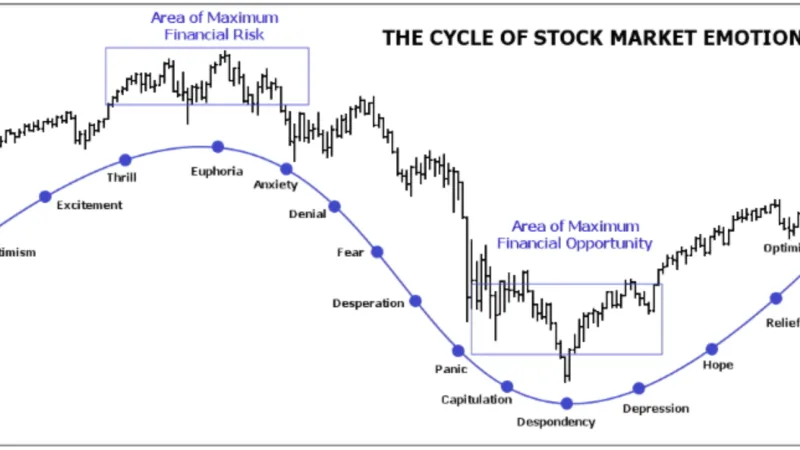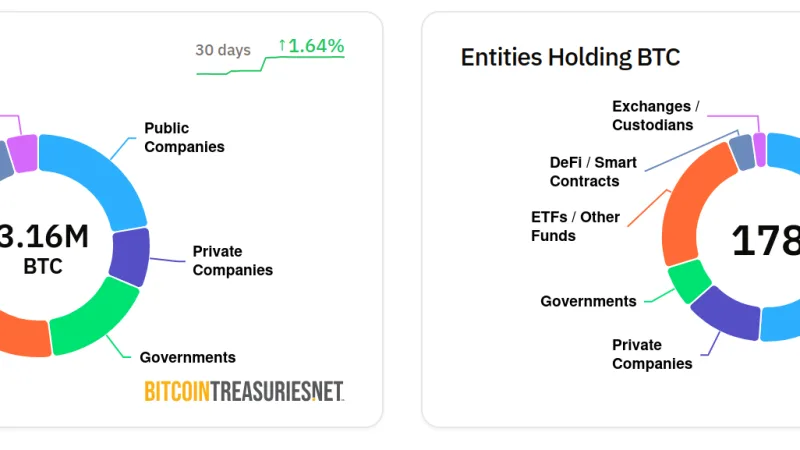The Struggles of Better.com’s CEO after Massive Layoffs

The CEO of Better.com, Vishal Garg, gained popularity by offering pre-approved loans in minutes, catering to millennials searching for homeownership during the Covid pandemic. This led to tremendous success, with investments pouring in from notable firms. These include SoftBank and Goldman Sachs, valuing Better.com at an impressive $7.7 billion.
However, the tides have turned for Better.com. The mortgage demand has significantly decreased, resulting in the company facing significant financial challenges. It has suffered shrinking revenue, cash flow problems, an SEC inquiry, and has laid off 7,000 employees over the past two years. In fact, in its July prospectus submitted to the SEC, Better.com expressed doubt about its ability to continue as a going concern.
Despite these challenges, Better.com went public through a SPAC merger with Aurora Acquisition Corp. However, the stock price of the blank check company dropped drastically from $17.44 to $1.15 at the close of the market.
Vishal Garg’s Controversial Leadership Style and Its Impact
The downfall of Better.com has left some investors pointing fingers at CEO Vishal Garg. Garg’s brash leadership style has generated negative headlines for the company. He has made derogatory remarks about his employees. He called them “dumb dolphins” in a staff email. Additionally, he fired 900 employees on a Zoom call, publicly criticizing them as “lazy.” Reports have even surfaced of Garg gifting a hatchet to an executive who had laid off employees and referring to an investor as “sewage.”
An internal cultural review conducted in response to Garg’s behavior concluded that he had failed to establish a positive company culture and effective internal controls. Better.com less effective than competitors due to high senior management attrition.
Investors disillusioned with Garg’s conduct, not actively supporting company post-Zoom firings. They view Garg’s arrogance as detrimental to the company’s success. In response to these concerns, Jessica Schaefer, a spokesperson for Better.com, highlighted that going public positions the company for long-term growth. However, she did not address questions regarding Garg’s leadership or the company’s profitability prospects.
Despite challenges, Kamran Ansari, former Pinterest exec and Forbes backer, sees Garg as suitable leader. Ansari admires Garg’s straightforward approach and his disdain for the trend of coddling millennials in the workplace. In fact, Ansari has personally invested a significant amount of money into Better.com and would support Garg if he were to start a new venture.
However, Garg’s leadership and credibility have been called into question. He launched Better.com with mortgage savings, but investigations uncovered Garg’s lawsuits involvement. Investors in a previous real estate fund he launched accused him of using misappropriated funds to start Better.com. This revelation and other lawsuits raise license concerns, leading to key departures.
Investor Disillusionment and Doubts Over Garg’s Credibility
Company review finds cultural issues with Garg’s leadership, lacking financial controls. Despite restating financials, Better.com admits ongoing financial control weaknesses. Citigroup, Barclay’s exit due to audit refusal.
Additionally, Better.com is facing a lawsuit from an outgoing executive who claims that the company misrepresented its financial health to investors prior to the SPAC. Allegations prompted SEC inquiry; no enforcement, but not exoneration.
Despite these challenges, Better.com received a cash infusion of $500 million from SoftBank through a SPAC merger. The company experienced significant losses in the past two years and continued to face financial difficulties in the first quarter of 2023.
As the largest shareholder of Better.com and with 37% voting control, Garg has a significant stake in the company’s future. In addition to his $750,000 annual salary, the company revealed that it had loaned him $41 million, which may be partially forgiven upon the completion of the SPAC merger.






